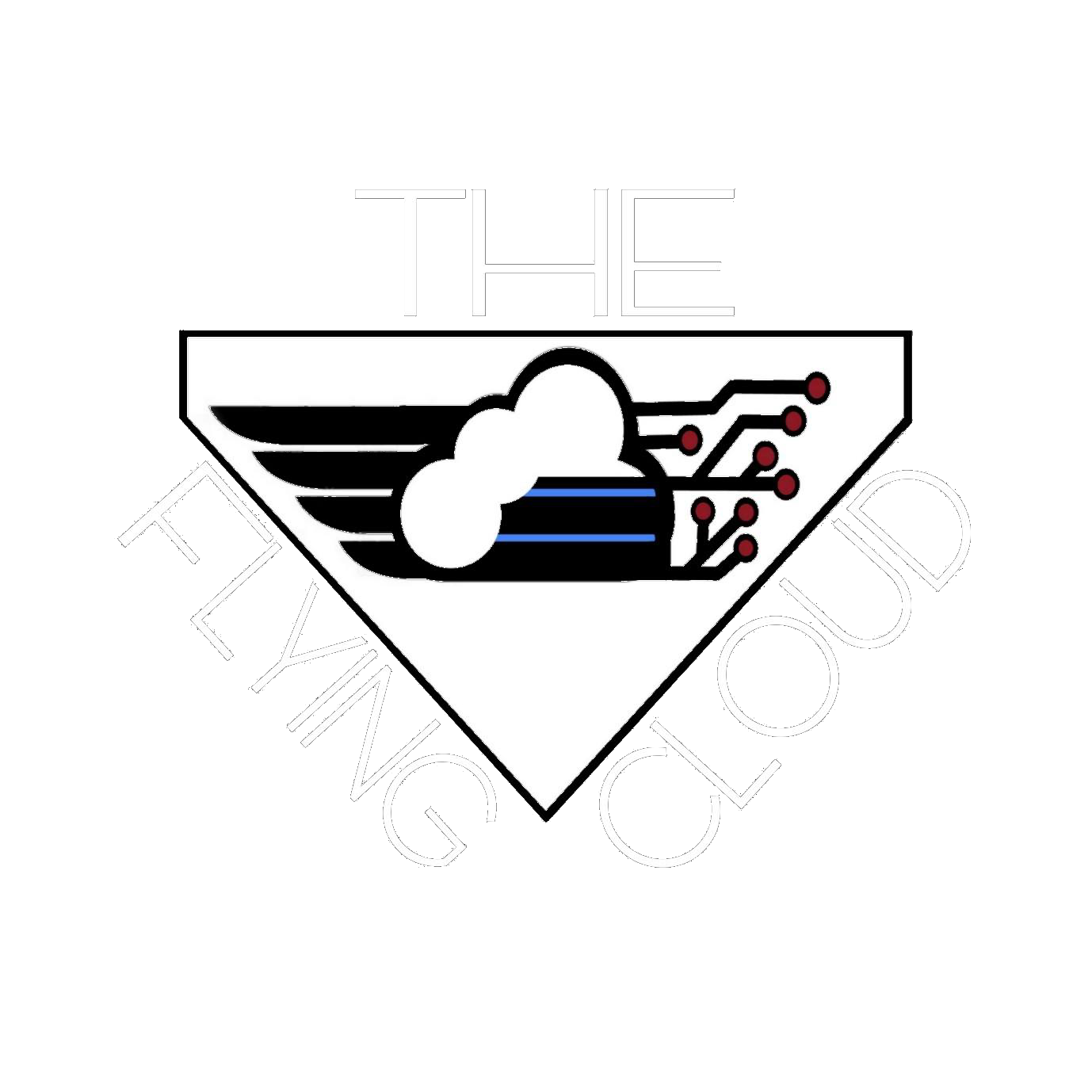Aircraft camouflage
Camouflage, in the form of paint applied to aircraft, has been regularly studied and experimented with since the First World War. The use of ground-based or airborne radar to detect enemy aircraft did not have significant application until the British used it successfully during the Battle of Britain in 1940. According to the article A Look Back: Olive Drab, Haze Blue and Jet Black: the Problem of Aircraft Camouflage prior and to and during WWII by Brian J. Duddy, Air Force Materiel Command History Office, until that time and even after, until radar was in widespread use, visual detection of aircraft was the primary means.
Given this premise is there any reason to camouflage aircraft today?

Eric Wicklund, former US Navy Operations Specialist, explains on Quora;
‘There are many reasons, but the best one is to make the aircraft hard to spot, while in close-quarters combat. A pilot must pay attention to many things in a dogfight, but the most important ones are his 6 o’clock, and keeping eyes on his opponent.
‘While in a Rolling Scissors maneuver (both planes rolling around each other and trying to get a gunshot on their opponents’ tail), the planes are very close together and the pilots must never lose track of where their opponent is. Camouflage makes this harder by making the aircraft disappear into the ground clutter.

‘You may have milliseconds to process what you’re looking at, and a plane that blends into the background really well, makes this hard. It isn’t foolproof, and usually doesn’t work, but sometimes it can mean the difference between life and death for a pilot.
When the camo works beautifully
‘Here’s some examples of when the camouflage worked beautifully.
‘This [Royal New Zealand Air Force] A-4 Skyhawk is up close, but it very nearly disappears into the ground clutter.

‘This is a famous photo, and one of my favorites. A perfect example of camo. At a longer distance, this Bf-109E would disappear.

‘These [South African Air Force] Mirage F.1s are damned near invisible. From 1000ft higher, it would be worse.

‘The F-4 (featured in the picture is a US Air Force Phantom II) is a very big airplane, but considering a pilot has milliseconds to find his opponent, how quickly can you see it?’

Wicklund concludes;
‘And I’ve saved the best for last. A military, Where’s Waldo. Can you see the Denel Rooivalk (a South African Air Force attack helicopter) at a slight distance here?’

According to Aviation Humor, other fine examples are:
This Royal Air Force Avro Vulcan strategic bomber.

Israeli Air Force F-16 fighter jets.

US Air Force A-7 Corsair II attack aircraft.

Japan Air Selfe-Defense Force F-2 fighters.

Photo credit: Royal New Zealand Air Force, Crown Copyright, Israeli Air Force South African Air Force, Japan Air Selfe-Defense and U.S. Air Force

